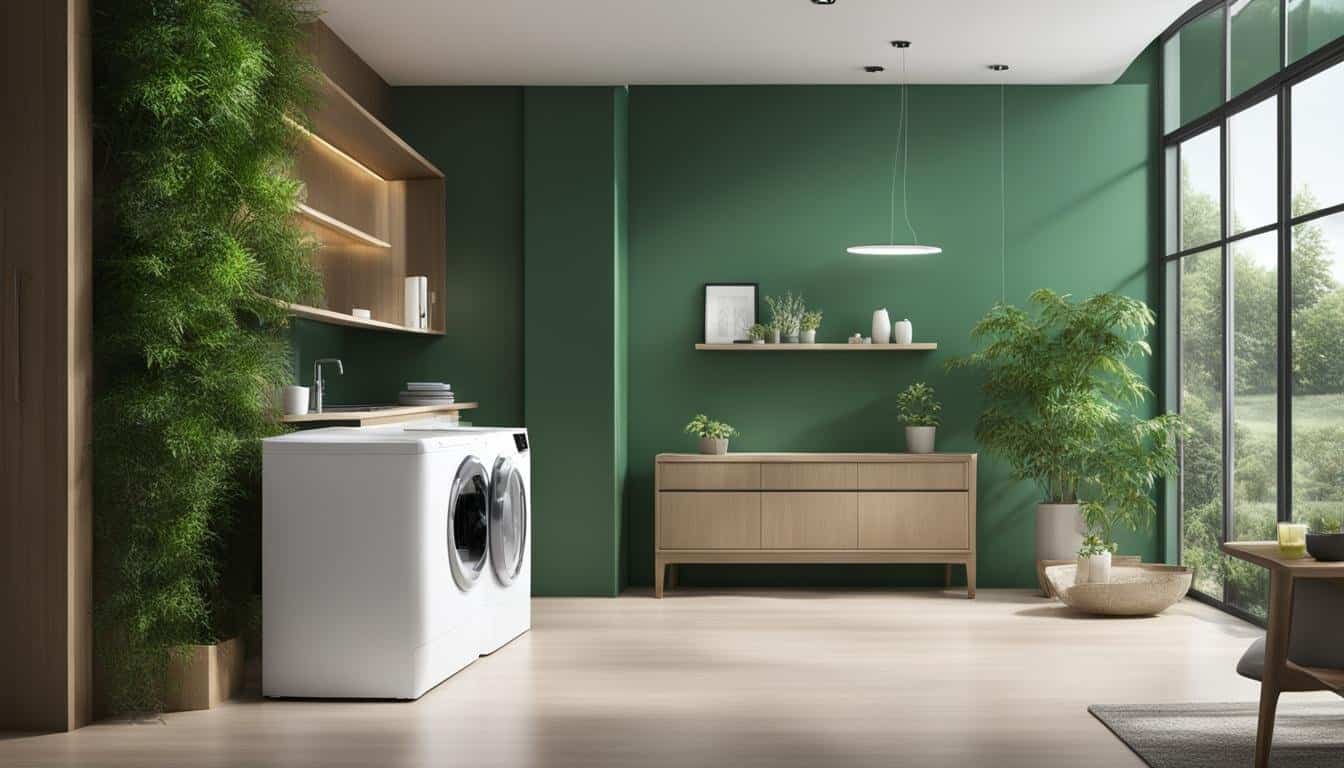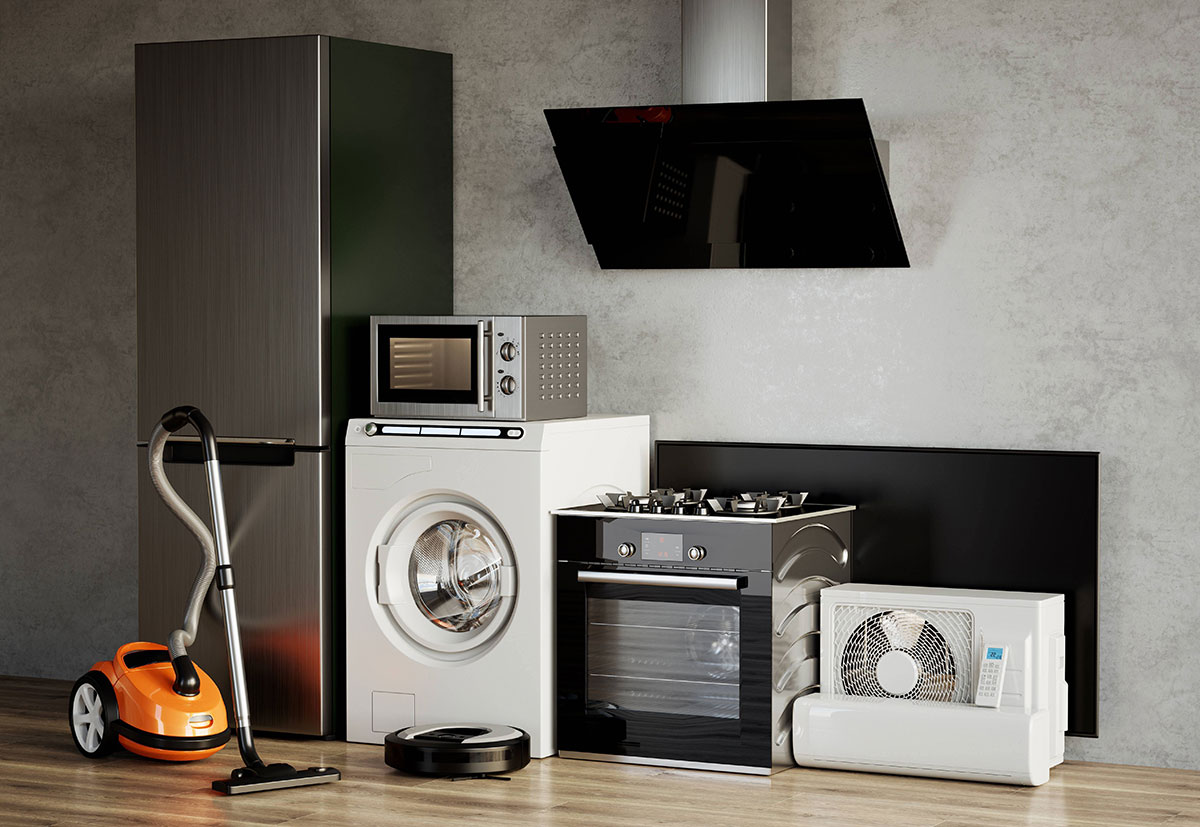
In an era of escalating environmental consciousness, every decision resonates beyond our front door. Choosing eco friendly appliances is a powerful gesture toward planetary stewardship. These marvels of modern engineering don’t merely perform tasks—they transform the domestic sphere into a bastion of sustainability.
Embracing Energy Conservation
Energy consumption in households accounts for a significant portion of global greenhouse gas emissions. By integrating energy efficient devices, homeowners can curtail their carbon footprint without sacrificing convenience. These devices employ advanced mechanisms—variable-speed compressors, smart thermostats, vacuum-insulated panels—that adapt their performance to real-time demand. The result is a seamless marriage of functionality and frugality.
Short on budget? Consider a tiered approach: replace the highest-consuming appliance first, such as an aging water heater or obsolete refrigerator. Over time, incremental upgrades compound into substantial savings—both in energy costs and environmental impact.
Culinary Innovation with Sustainable Tools
The heart of every home pulses within its kitchen. Here, sustainable kitchen tools reinvent the cooking experience with conscientious design. Induction cooktops, for instance, heat pots and pans directly through magnetic fields, slashing wasted heat and accelerating meal prep. Similarly, composting food scraps via countertop digesters transforms organic waste into nutrient-rich humus, closing the loop on the waste cycle.
Beyond functionality, these implements often feature upcycled materials and non-toxic finishes. Bamboo cutting boards, recycled stainless steel cookware, and silicone storage solutions all exemplify how ethics and aesthetics can harmonize. Such items not only perform reliably but also narrate a story of circularity.
Water Conservation and Smart Monitoring
Water scarcity looms as one of the twenty-first century’s most pressing challenges. Enter smart faucets and showerheads equipped with flow restrictors and sensor-based activation. These innovators dispense precise volumes, minimizing waste during tasks as trivial as hand-washing or dishwashing. Coupled with real-time monitoring apps, users gain unprecedented visibility into their consumption patterns—an essential step toward behavioral change.
Equally pivotal are greywater systems, which repurpose lightly used water from sinks and laundry for irrigation. When paired with rainwater harvesting barrels, these systems elevate a simple lawn to a living testament of resourcefulness.
Holistic Green Home Solutions
The quest for sustainability extends beyond individual appliances. Holistic green home solutions weave together solar panels, energy-storage batteries, and home-automation platforms. In tandem, these technologies create a responsive ecosystem: solar arrays generate power by day, surplus energy charges batteries, and the automation hub orchestrates consumption, favoring self-generated electricity over grid usage.
This integrated design not only slashes utility bills but also insulates homeowners from volatility in energy markets. Moreover, incentives such as tax credits and rebates further sweeten the proposition, transforming an eco-savvy abode into a savvy investment.
Lifecycle Thinking and Material Ethics
True sustainability demands scrutiny of an appliance’s entire lifecycle—from raw-material extraction to end-of-life disposal. Manufacturers are increasingly adopting cradle-to-cradle certifications, ensuring that components can be disassembled, recycled, or composted at the product’s conclusion. This ethos rejects the throwaway culture in favor of regenerative cycles.
When selecting appliances, look for certifications such as ENERGY STAR, EPEAT, or the Cradle to Cradle label. These designations signal a commitment to reduced toxicity, minimal waste, and long-term durability.
Financial Incentives and ROI
While some sustainable upgrades carry higher upfront costs, the return on investment often materializes swiftly. Rebates on high-efficiency air conditioners, credits for solar installations, and low-interest green loans can mitigate initial expenditures. Over time, savings on utility bills, coupled with increased property values, render the outlay a judicious decision.
For instance, transitioning to a heat‐pump water heater can reduce water-heating expenses by up to 50%. Meanwhile, LED lighting retrofits slay energy consumption by nearly 80% compared to incandescent bulbs. These figures underscore that sustainability and fiscal prudence are not mutually exclusive.
Cultivating a Culture of Conscious Consumption
Empowerment derives not just from gadgets, but from the ethos driving their use. Hosting repair cafes, participating in appliance-sharing cooperatives, and engaging in online communities all nurture collective wisdom. By championing longevity over obsolescence, these micro-movements cultivate a resilient domestic paradigm.
Even the smallest behavioral shifts—air-drying laundry, defrosting appliances on schedule, cleaning condenser coils regularly—fortify the impact of high-tech solutions. Together, technology and intentionality forge a comprehensive blueprint for a greener future.
Conclusion
The confluence of innovation and intention has yielded eco friendly appliances, energy efficient devices, sustainable kitchen tools, and green home solutions that make sustainable living both accessible and aspirational. By embracing these advancements, homeowners become active participants in the fight against climate change. The journey to a verdant tomorrow begins at home—one appliance at a time.









